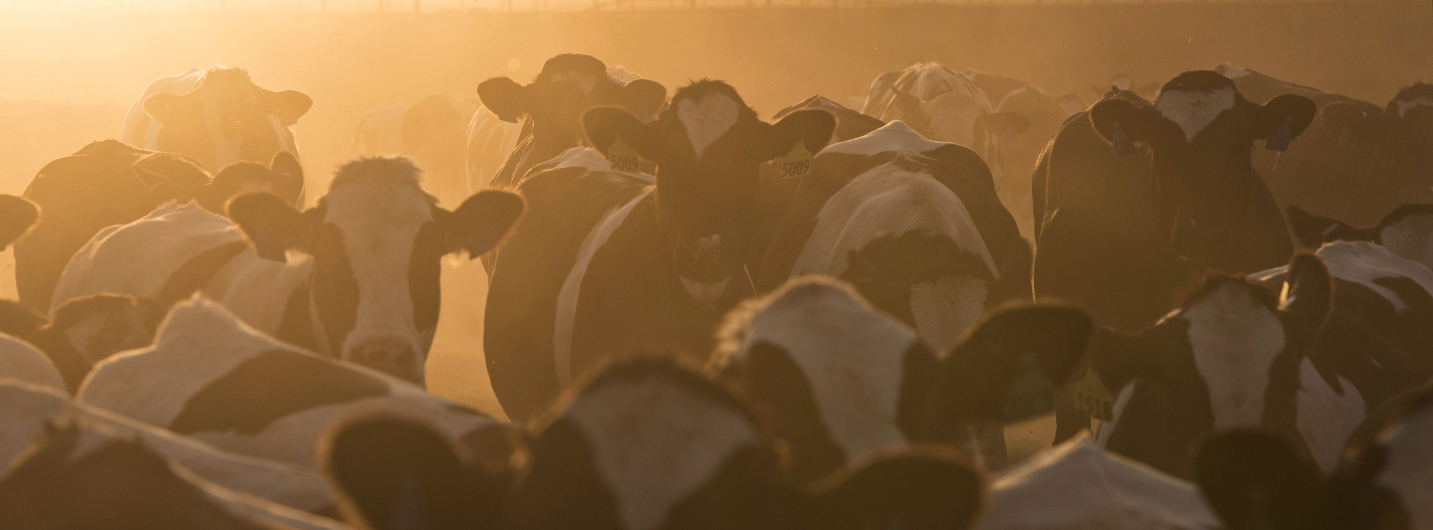FAQ – Feed efficiency

Feed efficiency
Frequently asked questions
Feed efficiency FAQ
CRV supports farmers in breeding a healthy, efficient and sustainable herd by providing genetics, information products, services and knowledge.
On this page you find answers to frequently asked questions about feed efficiency. Do you have another question? Please contact your local distributor or CRV breeding advisor. You can also contact us using the contact form or via Facebook.
The questions
Breeding for feed efficiency has no effect on conformation traits or health. |
|
CRV has the largest reference population with actual feed intake data of dairy cows (7008 cows). Viking does not yet use actual feed intake data when calculating feed efficiency, whereas ST Genetics/Cogent uses feed intake data from young stock (4000 cows). They convert the feed intake for growth into the feed intake for milk production. Literature suggests there is a correlation between this data, but it is clearly less strong than the feed intake measured in lactating animals. |
|
What does feed intake comprise? The feed intake as measured and expressed by CRV is the feed intake during lactation. The feed intake during rearing is excluded. However, this is included in the CRV Efficiency index. Feed for rearing (body weight and age at 1st calving). Feed for maintenance (body weight). Feed for milk production: goal ‘more milk per kg feed’. |
Contact us
CRV has locations all over the world, divided into business units per region, and a global distribution network. CRV works with enthusiastic employees who know the customers and their desires.
Interested in feed efficiency or would you like more information? Find a representative in your region or request more information via our contact form.

